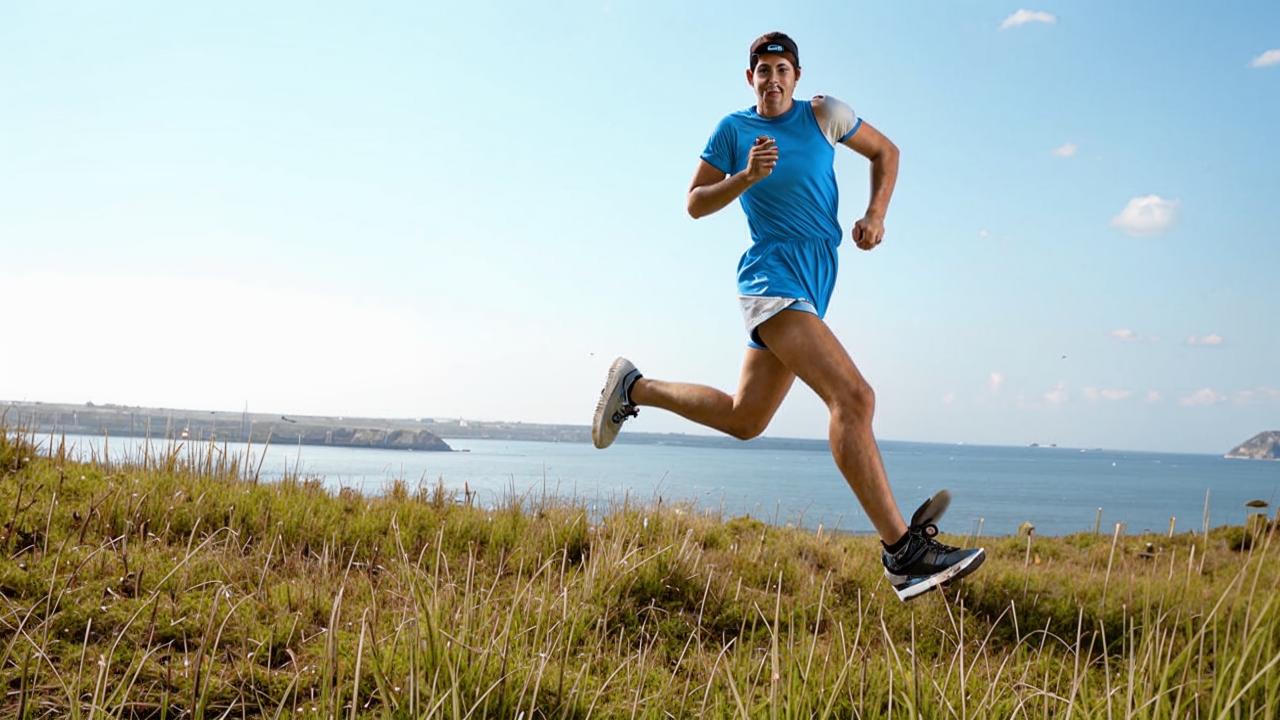
certified clinical geneticist, nutritionist, expert of the UniProf Academy of Physicians
Is it possible to exercise with a headache? What should you do if you get a headache during training?
Each of us has at least once faced a headache. In everyday life, the cause of discomfort is usually excessive stress and lack of sleep. But why can you get a headache during exercise and how safe is it to continue training?
Belangrijk! If severe headaches last for several days in a row or if there are more headache days in a month than there are headache-free days, you should definitely see a doctor. It may be a symptom of a serious illness, and exercise will not be good for you.
Why exercise can give you a headache
Exercise headaches are usually due to the dilation of blood vessels in the skull during intense workouts. Those who have experienced this problem often describe the pain as throbbing and migraine-like, and complain that the entire head hurts rather than a specific area. The discomfort usually lasts from five minutes to two days. A severe headache during exercise can lead to nausea and vomiting, disorientation and strain on the visual apparatus. So, why can a headache occur during exercise?
Even a person without any medical conditions can develop a headache during exercise if you miss a warm-up, if the activity is too strenuous, or if the room where you are exercising is very hot. To prevent discomfort, you should:
- reduce the intensity of training;
- ventilate the room in a timely manner;
- avoid high temperatures in the room and your own overheating;
- always enter training “gradually”, do not forget about the preparatory stage of warm-up.
You can find a warm-up before training in this article.
Hot weather
When overheating during exercise, blood vessels dilate even more and blood flow can become impaired, including in the brain. It will be difficult for the vessels to cope with the sudden strong flow of blood. To prevent this, you need to:
- ventilate the room in a timely manner;
- choose places for training in the shade, close to a green area or a body of water;
- avoid excessive overheating of your own body, it is better to stop and pause.
High altitude terrain
Intensive training at high altitude can be a real challenge, the body may simply not have enough oxygen for such a load.
If you get a headache at altitude, or if even a sharp elevator ride makes you feel dizzy, it’s best to avoid low-saturation workouts – that is, too intense movements that make it hard for you to breathe. This is an additional strain on the body. Pause more often for breathing exercises during exercise.

Predisposition to migraine
If there is a family history of strokes or heart attacks, blood clotting problems, vascular diseases or systemic elevated homocysteine – all these are indicators of increased susceptibility to vascular disorders, including physical activity. And thus the possible occurrence of headaches.
Knowing their characteristics, it is very important to choose the right type of exercise and its intensity. It is advisable to consult a doctor and trainer. Choose loads in increasing intensity, starting with light cardio loads, gradually increasing according to the capabilities of the body.
Improper posture
Pay attention to your body position during training and your posture during the day. If you get a slight headache after a workout, you may have slightly constricted neck vessels, in which case try relaxing your neck muscles with warming, massage or relaxation exercises.
Dehydration
This is one of the most common causes of post-workout headaches. It disrupts the body’s liquor dynamics. Make sure you are drinking enough water throughout the day. If you want, you can connect isotonic drinks rich in trace elements and minerals.

Hypoglycemia
It manifests itself if you feel weak with tremors and even nausea after or during your workout. These symptoms may indicate that your blood sugar levels are too low and that you need to “top up” your energy levels. You should always make sure that your body has enough energy to exercise.
If you have any of the symptoms just mentioned while exercising, you should stop. You can replenish your energy stores and increase your blood sugar levels by consuming more carbohydrates. It is a good idea to have a nutritious drink with you.
There are also certain foods or substances that, often in combination with other causes, can cause or worsen headaches and migraines. Try to avoid these potentially headache-inducing foods:
- Alcohol (especially wine or beer);
- chocolate;
- caffeine;
- aged cheese;
- artificial sweeteners;
- preservatives (such as nitrates or nitrites).
Regular exercise can help and prevent migraine or at least reduce the intensity of the pain. This is due to the endorphins produced during exercise. The main thing is to choose the right type and intensity of exercise and properly prepare for the workout.





